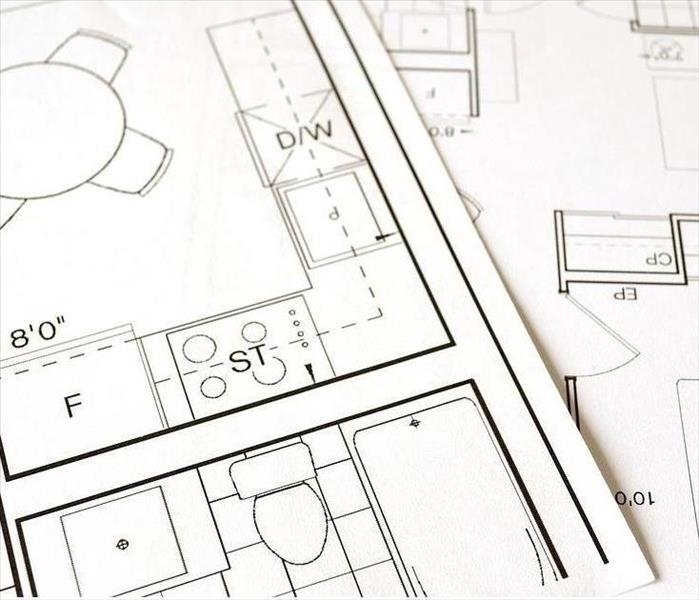How to Create the Perfect Floor Plan for Your Commercial Space
2/13/2019 (Permalink)
Let’s assume you own a retail store and with the positive response you got at the first opening, you decide to open another store.
Are you interested in making sales right off the bat? The reason why experts recommend planning store layout strategically is because it can drive impulse sales and direct customers towards the high-end products.
Following are a few ideas that will help you create a kick-ass floor plan:
1. Decide on a Retail Floor Plan
Grid Floor Plan: Mostly used in convenience stores (straight aisles)
Loop Floor Plan: Used in specialty retail stores (maximizes floor space by creating a clear pathway)
Free-Flow Floor Plan: Mostly used for boutique settings (creative patterns to attract shoppers)
2. Put It on Paper
Before you start buying furniture and shifting it around, put your design on paper. This will give you a clear picture of where things can go and how much space you will have to be more creative. You can also use a combination of floor plan to create a unique setting.
3. Pay Close Attention to the Traffic Flow
Following three points should be considered here:
Decompression Zone: entrance space where shoppers like to stand and assess the store.
The Right Side: 90% of the shoppers turn right when they enter a store. So, make sure that the best sellers are placed there.
Personal Space: Do not place the furniture too close together or leave less space between the aisles. Shoppers don’t want their bottom brushing against others while they are browsing.
4. Placement of the Checkout Counter
The checkout counter should always be on the left. Here’s why: as said earlier, customers turn right upon entrance and then they loop around, ending on the left side.
5. Product Mapping
Your best sellers should always be at the back of the store. This allows you to attract the shoppers while they are on their way to the primary zone. The secondary zone is the impulse buys they pass. Don’t forget to place the low-cost impulse buys at the checkout counter.
The combination of display shelves and the comfort zone that is the seating area, allows the shoppers to stay and browse a little longer. So, make sure that those shelves are stocked and decorated and, the comfort zone providing private space to relax.
And that’s how you create a floor plan!






 24/7 Emergency Service
24/7 Emergency Service
